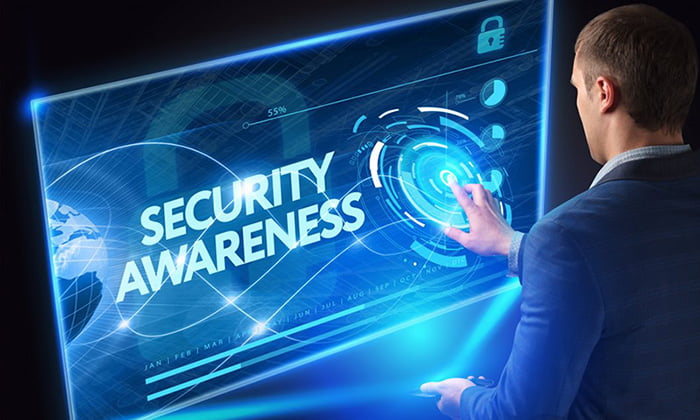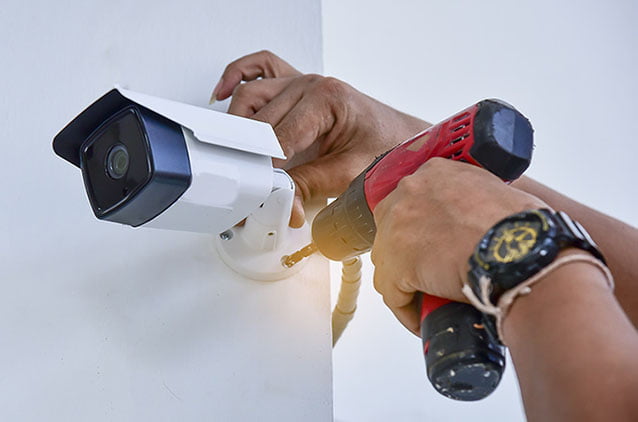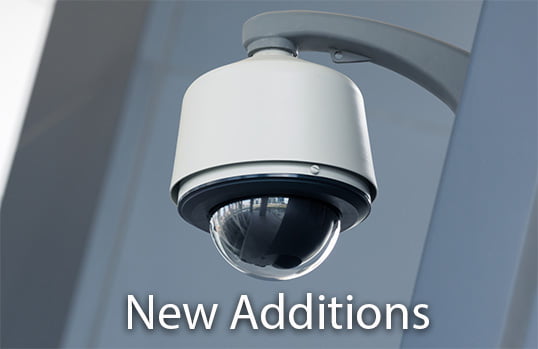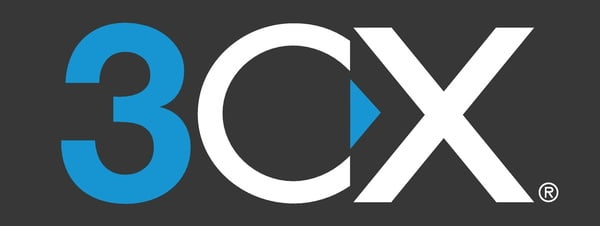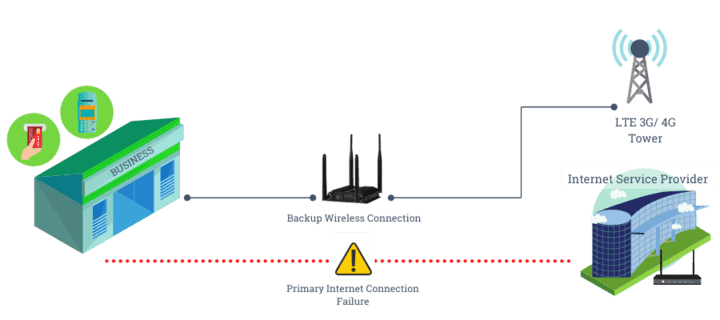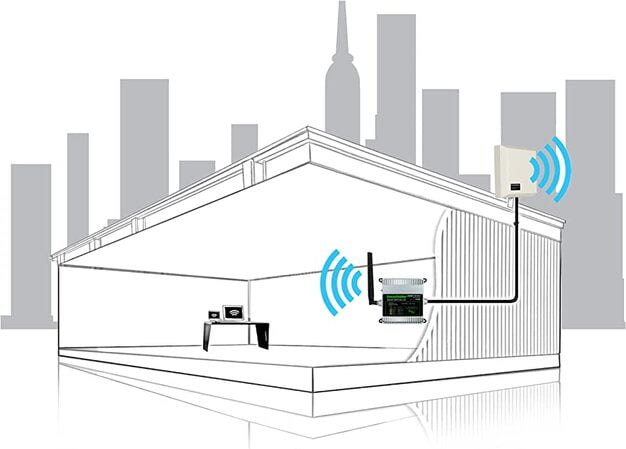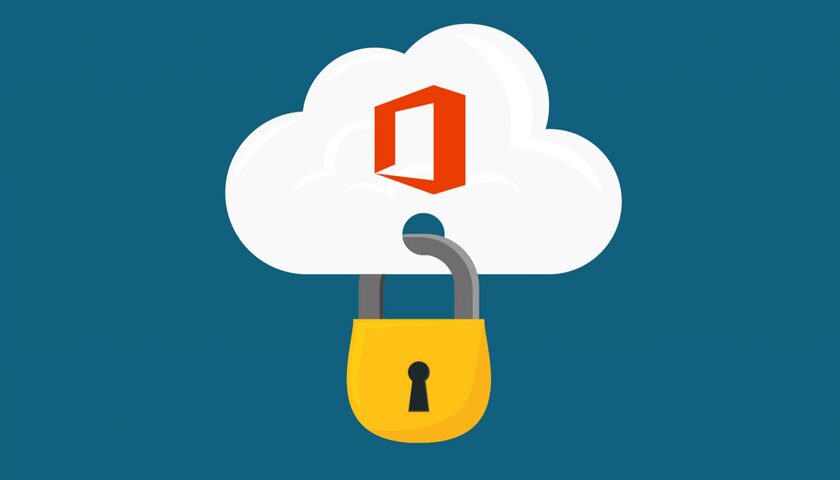Empowering Organizations through Cybersecurity Training for Employees
In today’s interconnected digital landscape, cybersecurity has become a critical concern for organizations of all sizes and industries. Cyber threats are growing in sophistication and frequency, making it imperative for businesses to adopt comprehensive cybersecurity measures. While investing in robust technological solutions is crucial, organizations must also recognize the vital role their employees play in maintaining a secure environment. Cybersecurity training for employees is an essential component of a proactive defense strategy, as it equips individuals with the knowledge and skills necessary to identify, prevent, and mitigate cyber risks. This article explores the numerous benefits that organizations can derive from cybersecurity training initiatives and explains what data breaches are and consequences of a data breach. What Is A Data Breach? A data breach refers to a security incident where unauthorized individuals or entities gain access to sensitive, confidential, or protected information stored by an organization. It involves the unauthorized acquisition, disclosure, or misuse of data, potentially leading to negative consequences for individuals or businesses. Data breaches can occur due to various factors, including cyberattacks, hacking attempts, insider threats, human error, or system vulnerabilities. The types of data that can be compromised in a breach may include personally identifiable information (PII) such as names, addresses, social security numbers, credit card details, login credentials, medical records, or any other data that can be used to identify or harm individuals. These breaches can happen across various sectors, including healthcare, finance, retail, government, or any other industry that handles sensitive data. The motive behind data breaches can range from financial gain, identity theft, espionage, or even malicious intent. Once a breach occurs, the compromised data can be used for various purposes, such as identity theft, financial fraud, phishing attacks, or even sold on the dark web. The consequences of a data breach can be severe for both individuals and organizations, leading to financial losses, reputational damage, legal ramifications, and potential harm to individuals whose data has been compromised. Preventing data breaches requires implementing robust cybersecurity measures, including strong access controls, encryption, regular security audits, employee training, and incident response plans. Organizations must remain vigilant, proactive, and up-to-date with the latest security practices to minimize the risk of data breaches and protect the sensitive information they hold. What Are Some Consequences of a Data Breach? Financial Losses One of the most immediate and tangible effects of a data breach is the financial impact on businesses. The costs associated with data breaches can be staggering. Companies may face expenses related to investigation, remediation, customer notification, legal fees, regulatory fines, and potential litigation. Additionally, the loss of customer trust and damaged reputation can result in decreased sales, loss of business opportunities, and potential customer churn. According to a 2020 IBM study, the average cost of a data breach was estimated at $3.86 million. Damaged Reputation and Customer Trust Data breaches have a significant impact on a company’s reputation and erode customer trust. When customers learn that their personal or financial information has been compromised, they lose confidence in the organization’s ability to protect their data. This loss of trust can be difficult to regain and may result in long-term damage to the company’s brand image. Studies have shown that customers are more likely to abandon a brand following a data breach, which can have lasting negative effects on customer loyalty and ultimately impact the bottom line. Operational Disruptions and Downtime Data breaches can cause significant operational disruptions and downtime for businesses. In the aftermath of a breach, companies need to allocate resources and personnel to investigate and remediate the issue. This diverts attention from normal business operations and can lead to delays in delivering products or services to customers. Moreover, the restoration of systems and data integrity can be time-consuming, resulting in prolonged periods of downtime. These disruptions can have ripple effects on the productivity, efficiency, and overall functioning of the organization. Benefits From Cybersecurity Training Heightened Awareness and Vigilance Cybersecurity training raises employees’ awareness of the potential risks and vulnerabilities associated with their digital activities. It educates them about common attack vectors such as phishing, social engineering, and malware, enabling them to recognize suspicious emails, websites, or requests. By fostering a culture of vigilance, organizations can significantly reduce the likelihood of falling victim to cyber-attacks. Employees who are trained to be security-conscious become an additional line of defense, actively identifying, and reporting potential threats, thus enhancing the overall security posture of the organization. Effective Risk Mitigation Employees who receive comprehensive cybersecurity training are better equipped to identify and mitigate potential risks, thereby reducing the organization’s exposure to cyber threats. They gain an understanding of best practices for data protection, secure communication, password hygiene, and safe browsing habits. This knowledge empowers employees to make informed decisions when handling sensitive information, preventing inadvertent data breaches and unauthorized access. By minimizing human error, organizations can avoid the costly consequences of data loss, reputational damage, and regulatory non-compliance. Incident Response and Damage Control In the event of a cyber incident, rapid and effective response is crucial to minimize the impact on the organization. Cybersecurity training provides employees with the necessary skills to respond promptly and appropriately to such incidents. Training programs often include simulated exercises and practical scenarios to simulate real-life cyberattacks, enabling employees to practice incident response procedures and understand their roles and responsibilities. By fostering a well-prepared workforce, organizations can reduce downtime, contain breaches, and expedite recovery efforts. Protection of Intellectual Property and Trade Secrets For many organizations, intellectual property and trade secrets are valuable assets that set them apart from their competitors. Effective cybersecurity training instills a sense of responsibility and confidentiality among employees, emphasizing the importance of protecting sensitive information. By educating employees on the risks associated with intellectual property theft and corporate espionage, organizations can fortify their defense against external threats. Additionally, cybersecurity training promotes ethical behavior and compliance, reducing the likelihood of insider threats and data leaks. Regulatory Compliance The regulatory landscape governing data protection and privacy has become increasingly stringent in recent
Empowering Organizations through Cybersecurity Training for Employees Read More »

